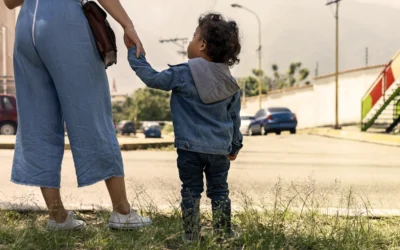Have you ever wondered about the art on our money? Ever since the beginning of the United States when the first Congress passed the Coinage Act, the United States Mint has been authorized to create and distribute standard coins for our nation. The denominations decided on in 1792 were a half cent, a penny, a nickel, a dime, a quarter, a half dollar and a dollar. There were also gold coins valued at $2.50, $5 and $10. Some of these coins are no longer made, but we still have pennies, nickels, dimes and quarters that we see every day, and sometimes half-dollar and dollar coins.
Designs on coins are not just for decoration but have always been chosen to reflect the values and heritage of our nation. The coins only changed a few times in the first 200 years of our country, but since then Congress has authorized special commemorative coins to recognize special places, people and events. In the last several decades, artists have been commissioned to create new obverse (front of coin) designs as well as reverse (back of coin) designs. The reverse designs commemorate certain events or places or people. Look at some of the change in your piggy bank. Do you have some Westward Journey nickels? Do you have some National Parks or State quarters?

This year, the United States Mint is starting on a new series of quarters, recognizing important women in our country’s history. There will be five new quarters in this series every year for the next four years. The obverse of all of them will have an image of George Washington, and the reverse will feature the faces of accomplished American women who have contributed to suffrage, civil rights, leadership, science, culture and the arts.
This spring, a quarter celebrating the life of Nina Otero-Warren will be featured, a great honor for this New Mexican hero. Do you know who Nina is? Descended from an elite Nuevo Mexicano family that traced its origins to early settlers from Spain, Nina gained important support for women’s suffrage among both Spanish- and English-speaking communities. She worked for the women’s right to vote in New Mexico, organizing with the National Women’s Party. And of course, she is the namesake of Nina Otero Community School here in Santa Fe!
New Mexico was unusual among Western states in not giving women suffrage in its original constitution in 1912. This made Nina Otero-Warren work even harder. Because of Otero-Warren, women in New Mexico first gained the right to vote in school board elections in 1917. It would be another three years before the federal government made women’s suffrage national law in 1920 and women could vote in all elections.
After women earned the right to vote, Nina continued to work to improve education for all New Mexicans, working especially to advance bicultural education and to preserve cultural practices among the state’s Hispanic and Native American communities. In 1922, Nina became the first woman in state history to run for Congress. While she did not win that race, she spent the rest of her life as a civic leader and reformer. She worked as the Santa Fe Public Schools superintendent, pioneered bilingual education, and also worked to improve Indian schools. She was tapped by the Franklin Delano Roosevelt administration to work in the WPA New Deal and help organize schools in Puerto Rico. She would return to her beloved New Mexico and develop adult literacy programs. When she left public service, she ran a real estate and insurance company in Santa Fe until she died in 1965.
In May, the New Mexico History Museum will celebrate the new Nina Otero-Warren coins. We will have special bookmarks from the U.S. Mint, activities (to be scheduled) to learn more about coin collecting, and of course, quarters! Check the museum website, nmhistory.org, for updates on our program schedule.
Melanie LaBorwit is the museum educator at the New Mexico History Museum.
Links to more information
- Places of historical importance related to Nina Otero-Warren: www.nps.gov/articles/000/the-places-of-nina-otero-warren.htm
- Details on the O’Keeffe Museum’s Otero-Bergere House, where she lived: www.okeeffemuseum.org/nina-otero-warren-and-the-quest-for-womens-right-to-vote/
- A biography from the League of Women Voters: www.lwvcnm.org/two-centennials/lwv-bios/nina-otero-warren/
- Other distinguished American women who will celebrated on 2022 quarters are Maya Angelou, Dr. Sally Ride, Wilma Mankiller and Anna May Wong. Learn more about them: www.usmint.gov/learn/coin-and-medal-programs/american-women-quarters
Words to Know
- Coin: Flat piece of metal issued by the government as money.
- Commemorative: A special coin or medal issued to honor an outstanding person, place or event.
- Denomination: The value of a coin.
- Mint: A place where coins of a country are manufactured.
- Numismatics: Coin collecting.
- Obverse: The front (or “heads”) face of a coin.
- Reverse: The back (“tails”) side of a coin.
- Suffrage: The right to vote in political elections.








